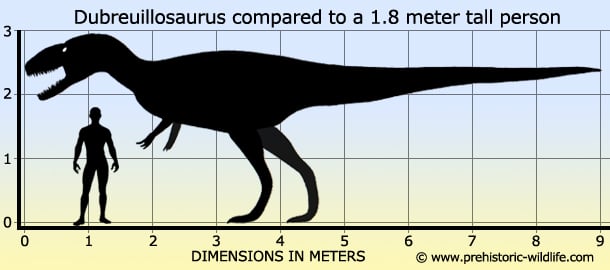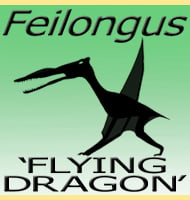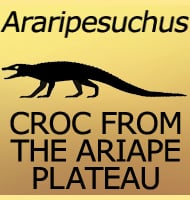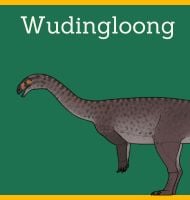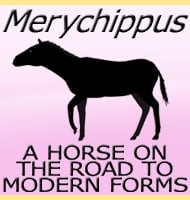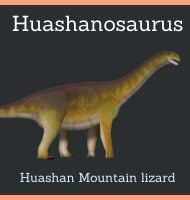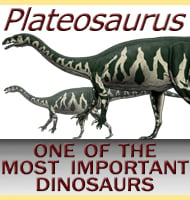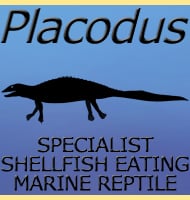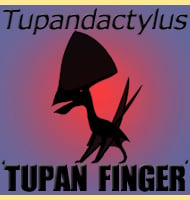Fossil Map
Interactive fossil Map of Dubreuillosaurus, along with its chronological bar chart of fossil discoveries.
In Depth

Discovered in 1994 and originally classed as a species of Poekilopleuron, Dubreuillosaurus (Poekilopleuron valesdunensis.) was placed into its own genus in 2005 on the basis of differences of the post cranial remains of the two.
Dubreuillosaurus itself was a large carnivore for the Jurassic, and would have probably been similar to the much more famous Megalosaurus.
Because Dubreuillosaurus like other megalosaurids was found in marine sediment it has been suggested as being a coastal animal.
While it may have fed upon fish caught in tidal pools, it may have also been a beach comber, perhaps scavenging the bodies of dead marine reptiles washed ashore.
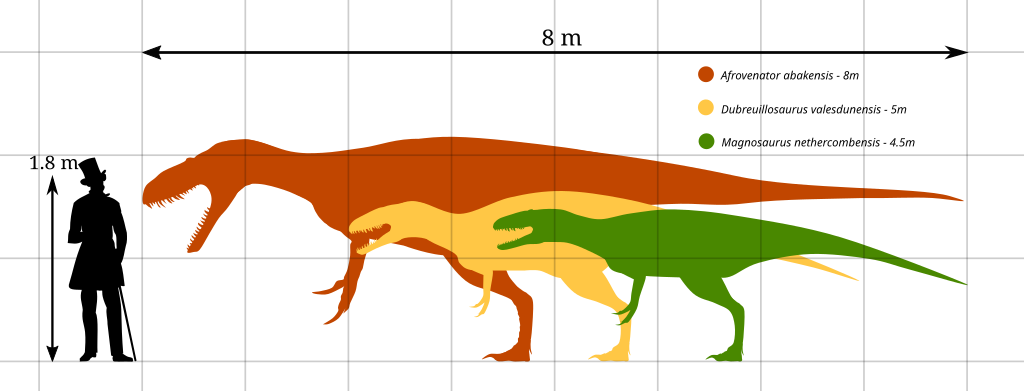
This lifestyle is of course speculation based upon circumstantial evidence, but unless remains of an inland individual are recovered, it remains a good starting area for reconstructing the living animal.
The skull of Dubreuillosaurus does lend some support to the piscivorous fish hunting lifestyle as it is proportionately long, something that would give Dubreuillosaurus added reach to snatch a fish from the water.
